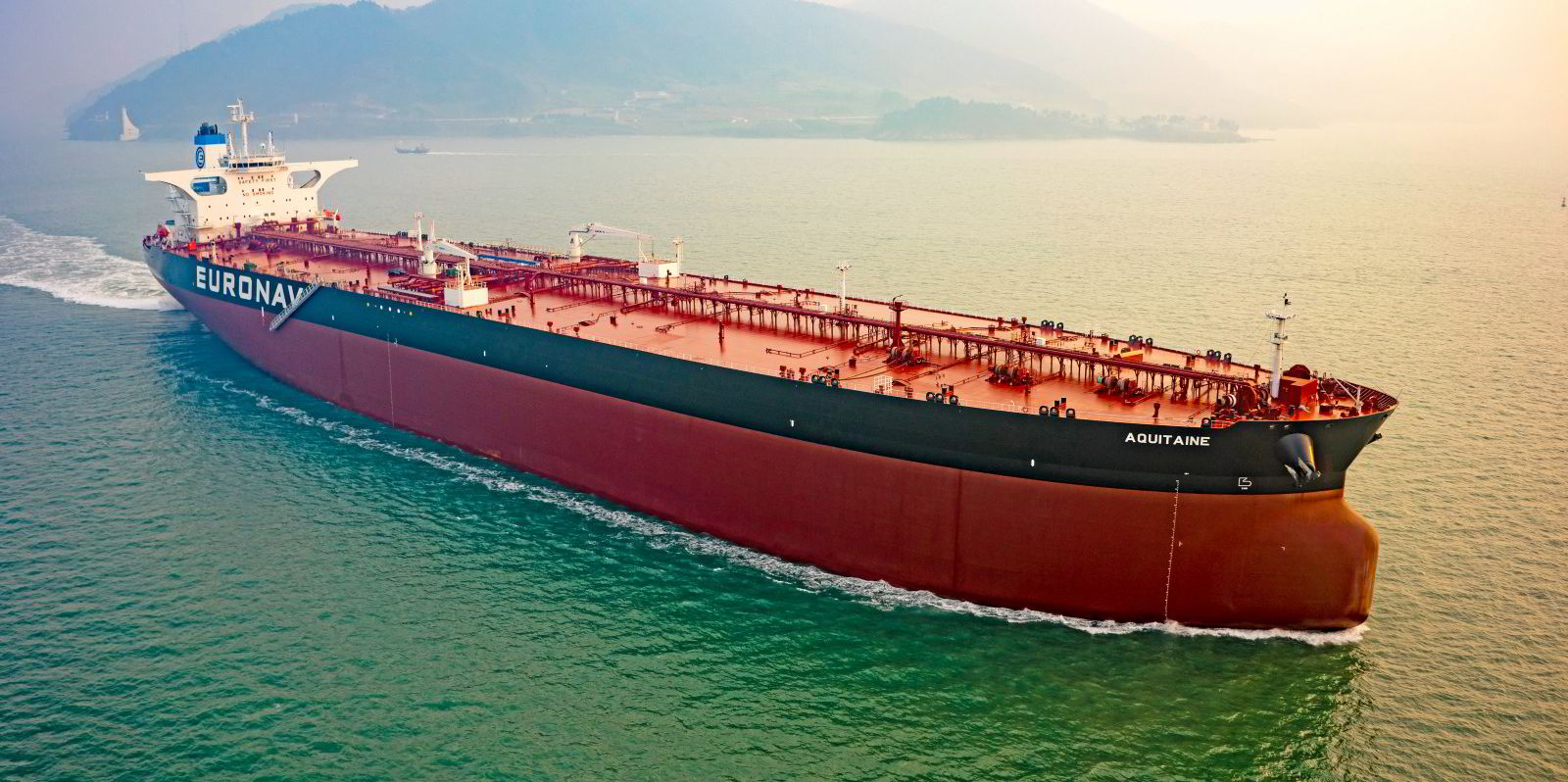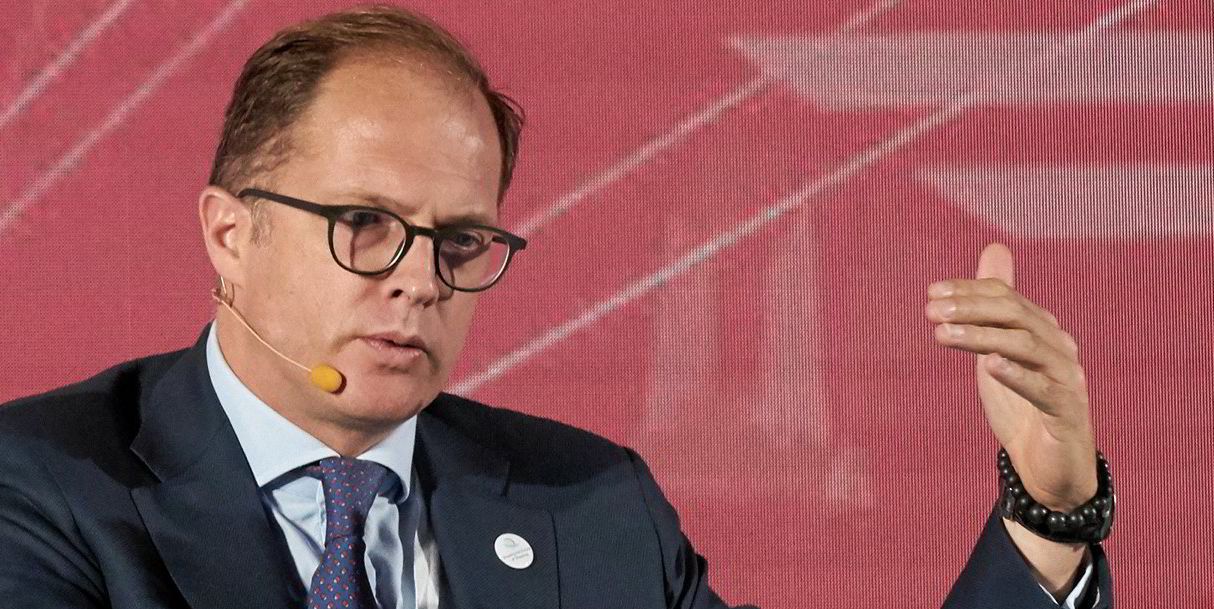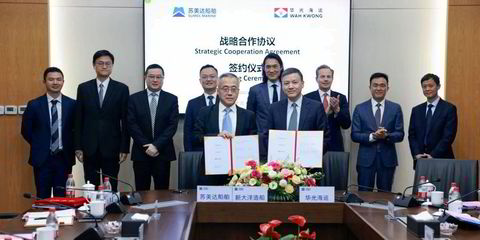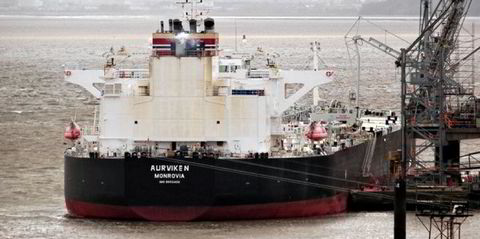As work continues on merging Euronav with Frontline, bosses at the Belgian tanker company are not taking their foot off the gas on other aspects of the business like fleet renewal.
Asked about the proposed combination with the John Fredriksen company, chief executive Hugo De Stoop told analysts on a conference call: “There is a limit on the information we can share on this call.”
But he added: “The first step is to get over the [19 May] AGM, then have the board reconfirm the merger; after that, we will update the market on the next steps, the timing, and some other bits and pieces we’ve been working on.”
But Euronav management is not stuck in a strategic holding pattern just because the transaction is being worked on.
“We are not resting on our laurels,” De Stoop said. “It was a very busy quarter on the number of ship transactions. We have more in the pipeline indeed.”
De Stoop added that Euronav and Frontline are being run independently until the merger happens, and his company will continue to work hard on fleet rejuvenation.
“That’s something we believe it is the right time for,” he said.
Euronav has sold four older VLCCs and two suezmaxes this year and acquired two modern VLCCs from Hartree Partners of the US.
De Stoop said ship values are already rising ahead of market rates and the company achieved “very strong” numbers for its latest disposals.
He added that the ships brought in were purchased at attractive prices, “especially when you bring in the element of consumption”.
Eco ships added
De Stoop said the older VLCCs offloaded were designed to go at higher speeds, but the two Hartree ships were built for the lower, more economical speeds seen today.
Euronav renewed part of its suezmax fleet with more modern ships last year.
“All of that is part of the strategy and that strategy does not stop,” De Stoop said. “To the contrary, the more the merrier, and hopefully the market appreciates it.”
Structure to be determined
Euronav has said it has not yet finalised the structure involved in the Frontline deal.
There had been speculation that the owner would need 75% of shareholder votes to move ahead, but the company told TradeWinds that the vote “hurdle” would be somewhere between this level and 50%.
De Stoop said there are many ways to approach a combination.
A fully-fledged merger would need a 75% majority on day one, but he said other structures require lower amounts.
“You need a simple majority to take control of a company of course, and that’s 50% and one share,” he said.






